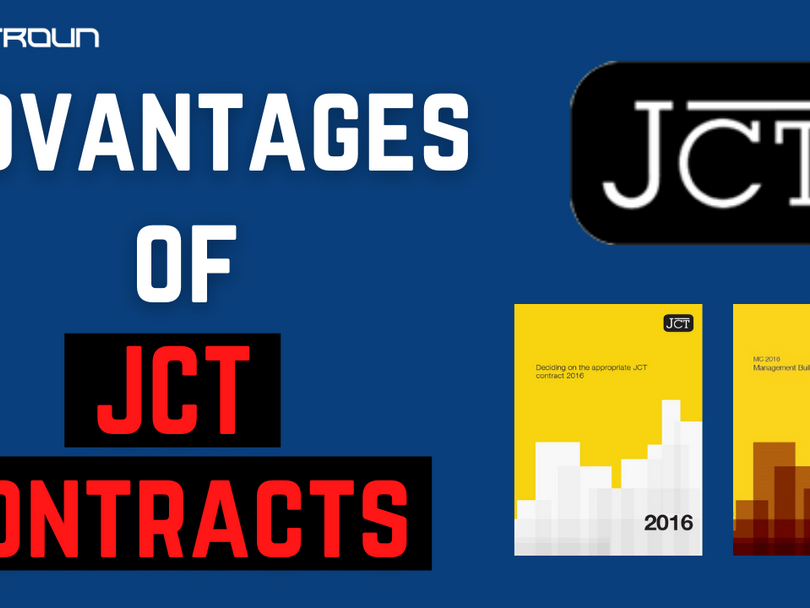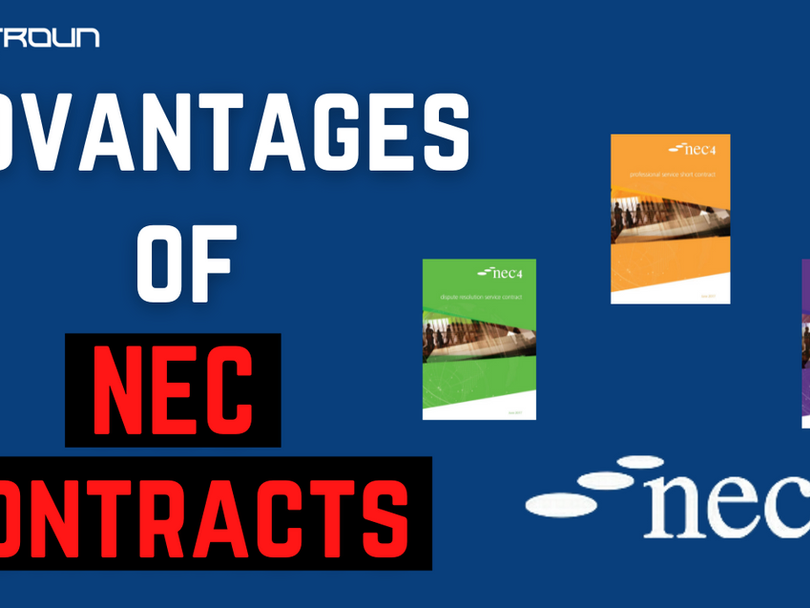Advantages of JCT

JCT stands for ‘the Joint Contracts Tribunal’ and has been in use since 1931, making it one of the most longstanding and well used standard construction contract in a vast number of different countries. JCT is one of the big players when it comes to construction contracts, so this blog is going to take a look at some of JCT’s biggest benefits and advantages: At its core, JCT has taken the approach to produce standard forms that meet clearly defined needs and apportion risk in a way that is appropriate for the procurement methods they reflect. JCT contracts are developed by engaging a cross-section of the building industry. This means that clients (private and public sector), consultants, contractors, specialists, and sub-contractors are all involved in the development of JCT contractsand therefore have a voice. The JCT suite of contracts is made up of ‘families’ of standard forms which include guidance and other documents that are suitable for the majority of construction projects and procurement methods. Their suite of contracts is proficient in minimising the transaction cost of entering into a contract and providing benchmark provisions in standard form contracts. JCT provides standardisation and protection over common issues as they have been developed over the best part of a century. This now means that they consider and include most issues that can reasonably be expected to occur during a construction project. Leading to increased comfort and assurance for the parties entering into one. Recognisable and fair allocation of risks that can occur on a construction project which generally, both parties will be familiar with and their distribution to each side. The JCT suite of contracts makes a conscious effort to not be more favourable to one side than the other. Succinct and practiced Dispute Resolution Methods. These methods often nominate anarbitrator or adjudicator who can make decisions as to the accountability of both parties. This helps to avoid more costly and drawn-out proceedings such as going to court. Having a standard from of contract such as JCT helps to provide a basis that can be relied upon in order to quickly and efficiently solve disputes. JCT contracts can also be used as a means of protecting employers against poor contractors. The employer can be content in the knowledge that most possibilities are covered by the contract, e.g. penalties for late completion of work or conditions. If you want to learn more about
Advantages of NEC

As far as standard construction contracts go, the New Engineering Contract, NEC, could still be considered the ‘new kid on the bloc’ in comparison to others such as FIDIC and JCT, after being adapted from the Engineering and Construction Contract, ECC, in the mid 1990’s. As with all construction contracts, NEC is not perfect, but in practice, no contract ever is or could be. However, the NEC suite of contracts certainly has a great deal of benefits and advantages which this blog will cover. From the outset of implementing an NEC contract on a construction project, the parties know that programme, budget, and risk need to be managed throughout the entirety of the project, and more importantly this should be done collaboratively between the parties. A marked difference on traditional forms of contract and being built on collaboration is what sets NEC apart. So, what are the advantages? Let’s take a look: The first major advantage of NEC to take note of is its huge emphasis on ‘collaboration’between the client, contractor, and any subcontractors. Some experts within the industry have even said managing risk collaboratively with all parties – including sub-contractors – is the hallmark of NEC. Secondly, is the fact that the NEC suits of contracts is accessible and written in plain, clear and concise English. For a lot of people this is a welcome difference compared tomore traditional forms which contain legal language that can be hard to understand and even increase costs of administration, as external legal expertise may be needed more often to interpret and implement. This also makes it more precise and easier to understand. NEC focuses on pro-active risk management rather than on what happens when things go wrong. This can greatly benefit all parties to save cost and time by being pro-active rather than re-active. NEC’s core clauses are suitable and can be used for most procurement routes a client may choose to take. This means the NEC form of contract is extremely flexible. NEC actively tries to minimise disputes arising between the involved parties. Primarily through its use of Early Warning Notices, Compensation Events, and the project risk register. If you want to find out more about the NEC contract, why not check out some of the other videos on our youtube channel and blogs. Specifically, our specialist NEC Series playlist! Click the link here: https://youtube.com/playlist?list=PLEqD73qa8q9-qO2a-HHyZlX_gnjJ3xyho



